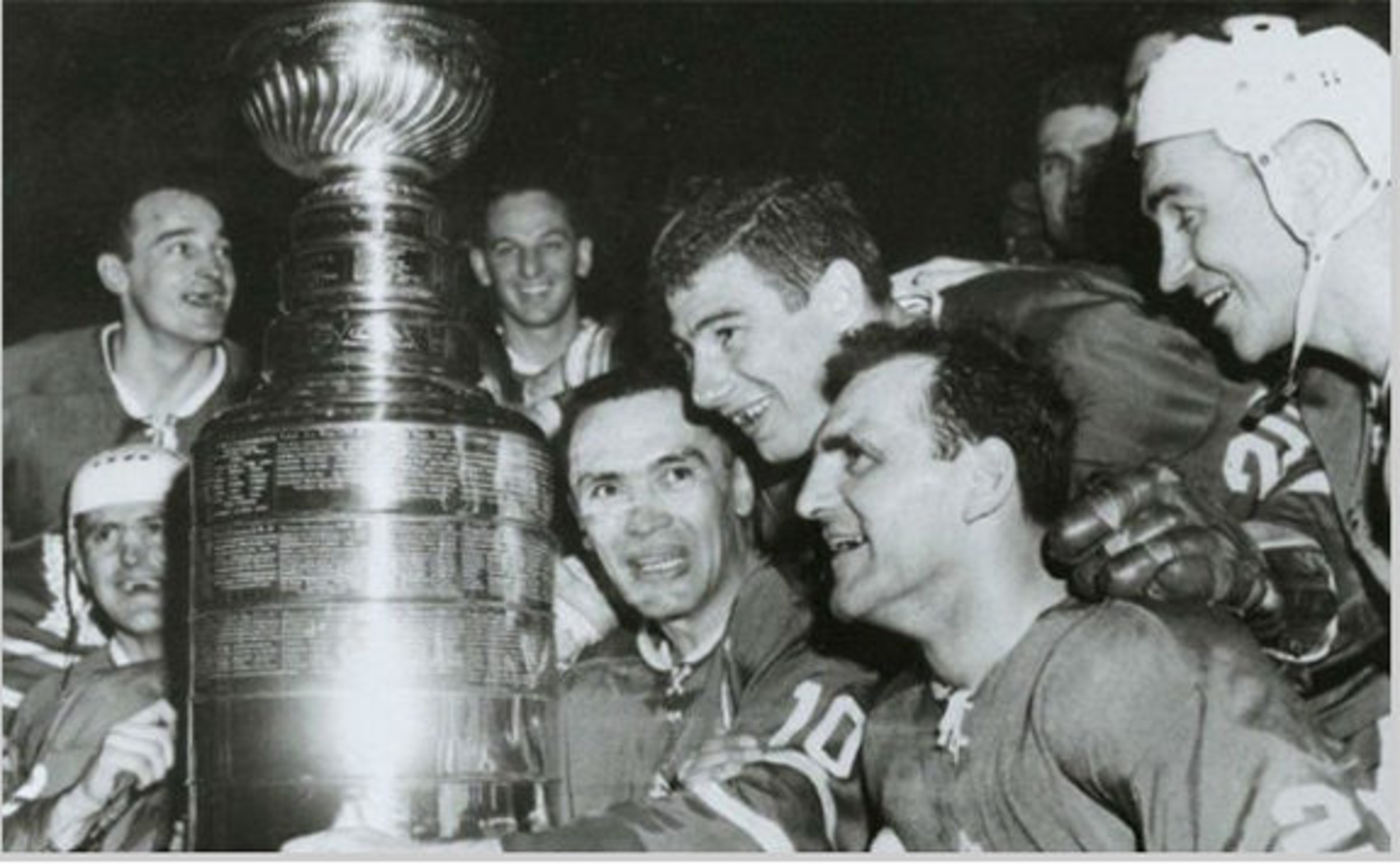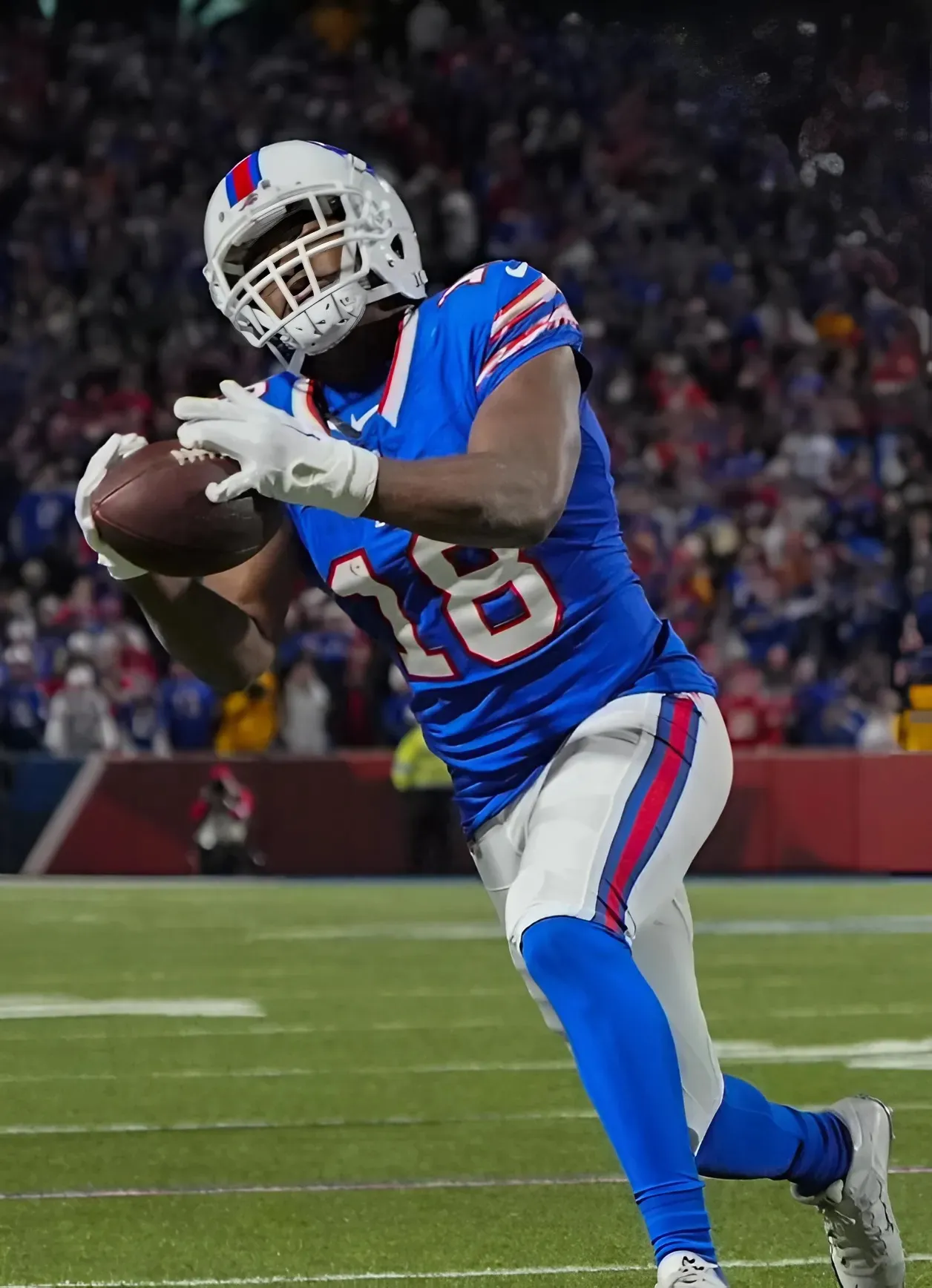
Brendan Shanahan, President of Hockey Operations of the Toronto Maple Leafs (Photo by Bruce Bennett/Getty Images)
Let me admit this from the start. I frustrate many Maple Leafs fans by being an apologist for players, coaches, and executives. I come by it honestly. My academic work focused on leadership, and I’ve spent decades trying to understand how good leaders navigate complex systems, manage people under pressure, and learn from failure. That’s hard work in any field. In professional sports, where millions watch and judge every move, it’s even harder.
So, I admit I tend to be patient—maybe too patient. That’s ironic, given that I’m pushing 80.
I also believe there’s more to building a great sports team than what happens on the ice, which puts me at odds with many Maple Leafs fans. I don’t believe winning at any cost is true sportsmanship — remember Tonya Harding and Nancy Kerrigan? Hurting others to win is no kind of victory.
Still, I get why fans push back. Professional sports are about results; these athletes are paid to compete at the highest level. So, when I write supportively about Brendan Shanahan’s time leading the Toronto Maple Leafs, I know many readers call it a failure because there’s no Stanley Cup.
Is There an Optimum Time to Deliver a Stanley Cup in Toronto?
One of the most common critiques of Shanahan’s 11-year tenure as President and CEO is the absence of a Stanley Cup championship. That weighs heavily in Toronto, a city with intense hockey culture and sky-high expectations.
But here’s the question: Should failing to win a Stanley Cup after over a decade automatically mean a leader must go? Is there a time limit on leadership in Toronto — or any major hockey city — for delivering that ultimate success? Given what happened in Toronto after the Maple Leafs’ second-round loss to the Florida Panthers, I believe these complex questions are worth unpacking.
If you’re president or general manager of an NHL team (specifically the Maple Leafs), how long should you be given to win the Stanley Cup? Is there a natural shelf life for leadership, after which it’s time to move on regardless of what’s been built? It’s a fair question.
Here are five considerations that I think matter:
Consideration 1: The NHL Is Built for Parity (More or Less)
The NHL’s salary cap and draft system are designed to keep things even. No NHL team stays on top forever, and no team, even with elite talent, is guaranteed a Cup. With 32 teams and only one winner per year, mathematically, each team should win about two Stanley Cups in 64 seasons—assuming perfect parity.

So, by the numbers, the Maple Leafs should have won a Stanley Cup at least once and should have been close to two.
Consideration 2: The Starting Point Matters
What do the new people inherit when they land a job? When Shanahan took over in 2014, the Maple Leafs were a mess—a fractured culture, an aging roster, and no clear identity. His first move was to tear it all down. The competitive window didn’t open until 2016 when Auston Matthews arrived, so maybe the clock should start there.
However, the leadership team that’s left inherits a solid core, regardless of where Mitch Marner or John Tavares end up next season, and should have a shorter window.
Consideration 3: External Inequities Exist — Especially in Canada
High tax rates in Ontario mean the team often has to pay more against the salary cap to offer players the same take-home pay they’d get in Florida or Texas. That makes building depth more challenging. Plus, players are under a bigger microscope in Toronto — intense media, passionate fans, and zero margin for error. It’s a disadvantage that many U.S. teams don’t face. Fair? Maybe Not. Real? Yes.

Consideration 4: Players and Teams Take Time to Learn How to Win
Few teams win with a young core. The Washington Capitals didn’t win until year 13 of Alex Ovechkin’s career. The Tampa Bay Lightning faced early playoff embarrassment before becoming champions. Winning takes scars, patience, and staying the course — even when fans call for heads to roll. This Maple Leafs group has had its share of this kind of learning, and they seem right for a breakthrough.
Consideration 5: Off-Ice Infrastructure Matters
The Maple Leafs have one of the NHL’s strongest infrastructures, driven by their place in Canada’s largest media market and ownership under Maple Leaf Sports & Entertainment (MLSE). That financial strength funds world-class facilities like the Ford Performance Centre, which offers cutting-edge training, rehab, and performance technology. The team also maintains a deep scouting and development pipeline through the Toronto Marlies and junior leagues, ensuring talent flows to the NHL roster.
Beyond physical assets, the Maple Leafs integrate sports science, analytics, and top medical care to optimize player health and performance. With passionate fans and strong community ties, this infrastructure builds a foundation for competitiveness and cultural significance, even if Stanley Cup success has been elusive. The infrastructure is in place.
So, How Long Is Long Enough? The Maple Leafs Need Results
Eleven years is a long time. I admit that. At some point, “close,” “competitive,” and “building something” have to give way to “winning.” Here’s how I see a reasonable timeline for any NHL team to win a Stanley Cup:

Given where the Maple Leafs are now, the next leadership group should have four or five seasons tops to win the Stanley Cup. If they don’t, it’s time for a change. If Brad Treliving is at the helm with head coach Craig Berube, they’d have five seasons to finish it.
Final Thought on the Maple Leafs’ Stanley Cup Window
Shanahan’s tenure didn’t deliver a Stanley Cup, but it laid the necessary groundwork and raised expectations. Because of that, the next leadership team faces a shorter leash than they might otherwise have had.
The pressure to win quickly isn’t just impatience; it reflects real progress and raised ambitions. So, I think the next group deserves a fair chance—maybe three or four years. But the clock ticks faster now because Shanahan set a new standard. While he didn’t bring the team across the threshold, what he did brought it closer. That means the next group has a smaller window.
-1744615124-q80.webp)
-1743244254-q80.webp)

